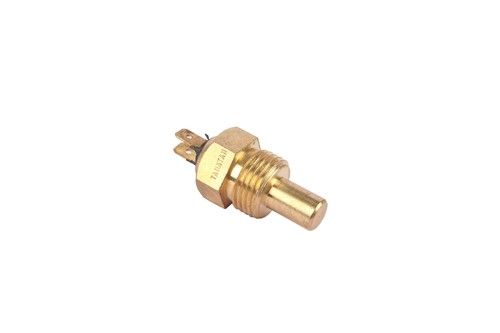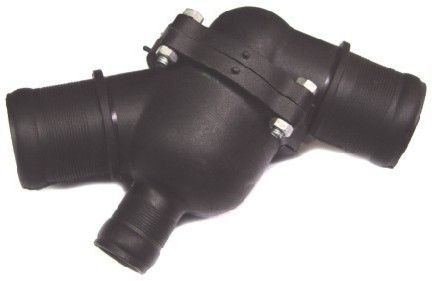
Thermostat Valve
Product Details:
X
Thermostat Valve Price And Quantity
- 100 Piece
- INR
Thermostat Valve Trade Information
- Letter of Credit (L/C) Telegraphic Transfer (T/T) Cash in Advance (CID) Cheque Cash Advance (CA)
- 50000 Piece Per Day
- 1 Week
- Yes
- Within a certain price range free samples are available
- Australia North America Eastern Europe Middle East Western Europe Central America South America Asia Africa
- All India
Product Description
A thermostat valve is a component in a vehicle's cooling system that regulates the flow of coolant through the engine. It is typically located between the engine and the radiator and is responsible for maintaining the engine's operating temperature within a specific range. The thermostat valve works by blocking or allowing the flow of coolant through the engine. When the engine is cold, the thermostat valve is closed, preventing the coolant from circulating and allowing the engine to warm up more quickly. Once the engine reaches its operating temperature, the thermostat valve opens, allowing coolant to flow through the engine and into the radiator to be cooled.
The thermostat valve is typically a small, cylindrical component with a temperature-sensitive element, such as a wax pellet or a bi-metallic strip. When the engine is cold, the element contracts, closing the valve. As the engine warms up, the element expands, opening the valve and allowing coolant to flow through the system.
A malfunctioning thermostat valve can cause a variety of problems, including overheating, poor fuel economy, and decreased engine performance. If the thermostat valve is stuck in the closed position, the engine may overheat, while if it is stuck in the open position, the engine may not reach its optimal operating temperature, resulting in poor fuel economy and decreased performance. If you suspect that your thermostat valve is not functioning properly, it is important to have it checked and replaced if necessary by a qualified mechanic or technician. Replacing the thermostat valve is usually a straightforward process that involves draining and refilling the coolant and replacing the valve itself.
Enter Buying Requirement Details





